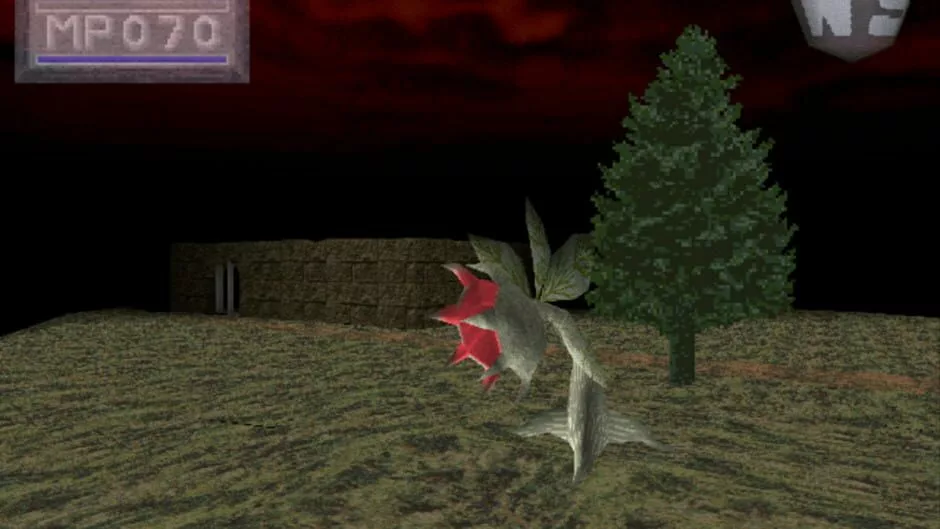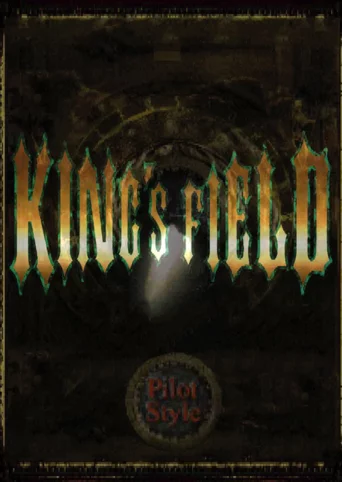
King's Field: Pilot Style (1996)
Genres:Role-playing (RPG), Adventure
Themes:Action, Fantasy
Game modes:Single player
Story:The three King's Field PS1 games form a trilogy relating the saga of a mythical country named Verdite. King's Field 1 (released only in Japan) was the first RPG for the Playstation console and King's Field 2 (released as "King's Field" in the US and EU) was the first ever Playstation RPG in the US and Europe.
King's Field: Pilot Style is a mini game whose story takes place in the period between King's Field 2 and King's Field 3. Pilot Style was given away as a promotional item at a game show in Japan and went relatively unnoticed. It only takes about an hour to complete, but it is an interesting tidbit in the King's Field world.Show more
Vote to bring this game to GOG and help preserve it.221
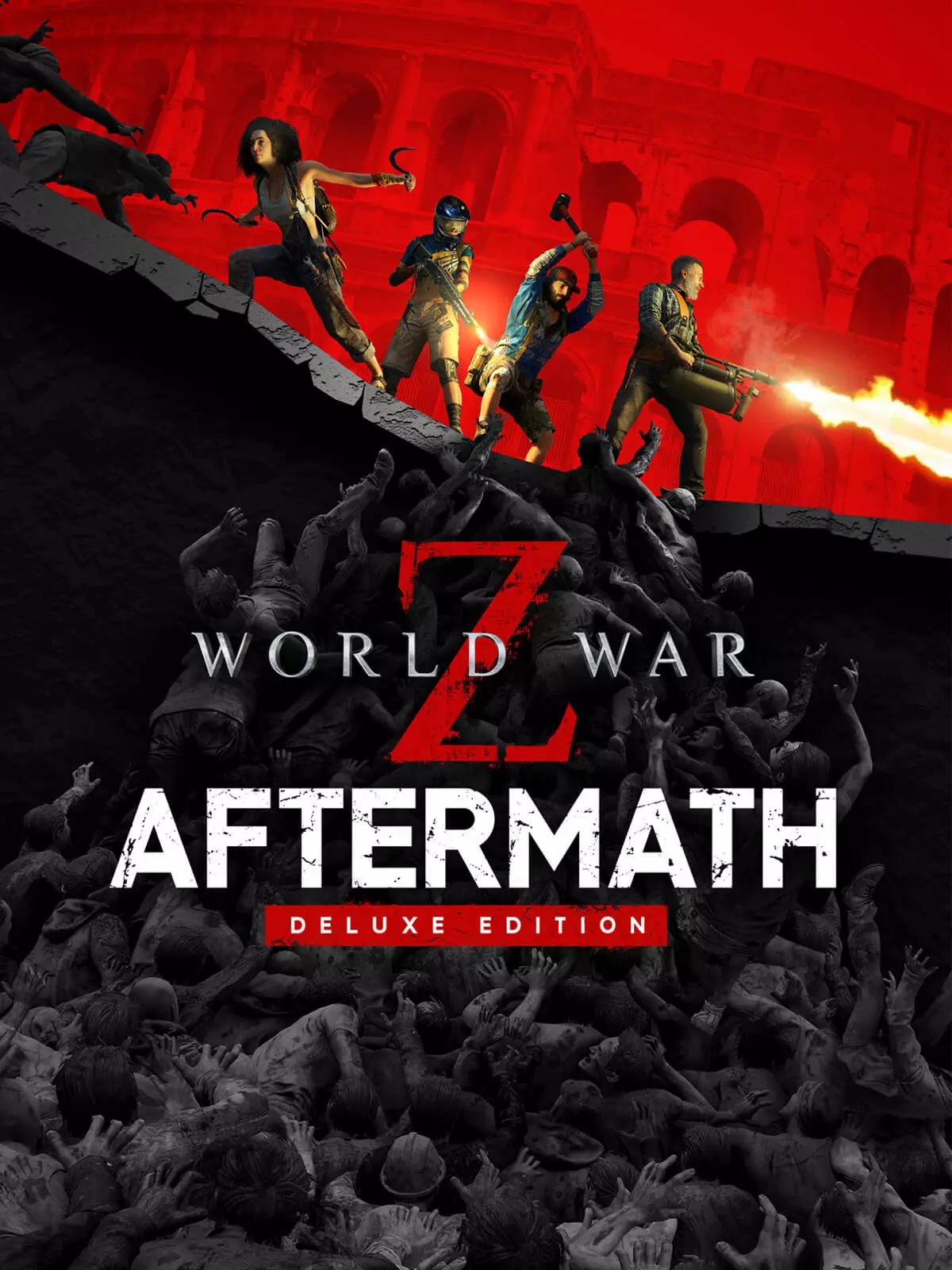
World War Z: Aftermath - Deluxe EditionWorld War Z: Aftermath is the ultimate co-op zombie shooter and the next evolution of the original hit World War Z that has now captivated over 15 million players. Fight off hordes of ravenous zombies in intense story episodes across new zombie-ravaged locations around the world.Action Survival

Advanced Dungeons & Dragons: Eye of the BeholderSomething evil is lurking below the city of Waterdeep. The Lords of Waterdeep summon a group of heroes to investigate, but someone or something has been watching the proceedings. After the heroes enter the sewers, the ceiling collapses behind them. The only way out is the way down, into a dungeon filled with monsters, traps and puzzles.Fantasy
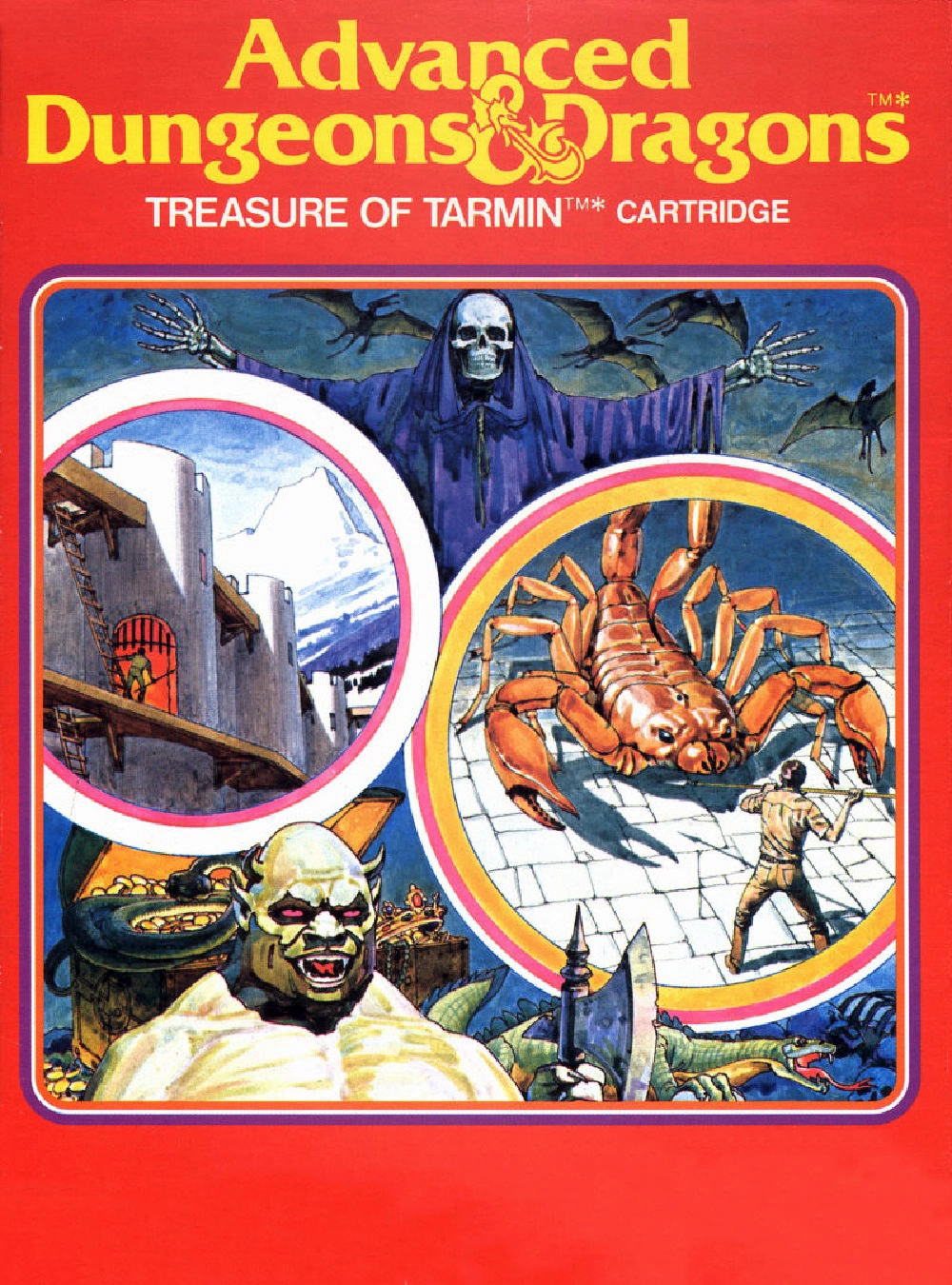
Advanced Dungeons & Dragons: Treasure of TarminIn Treasure of Tarmin the player wanders through a multi-tiered dungeon, each level consisting of a maze and its surrounding hallway. The objective is to slay the Minotaur who guards the Treasure of Tarmin and take his treasure.Fantasy
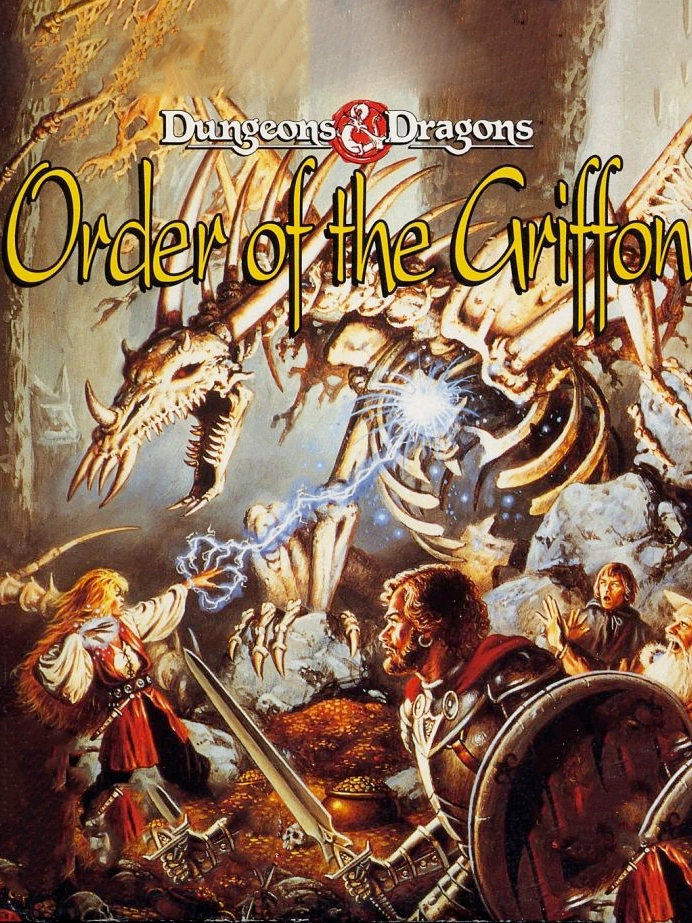
Dungeons & Dragons: Order of the GriffonThe Vampire has escaped and has arisen again just as the Ancient Ones predicted. The Vampire controls bands of monsters who do his destructive bidding. Using the evil Iron Ring, he bends the will of the common people in an attempt to take over the world. Even the great Radlebb Keep has been conquered by the Dark Once and been bent to his evil will.
Now, with your character in the Order of the Griffon, we have a chance to defeat the evil Vampire! World peace can be restored!
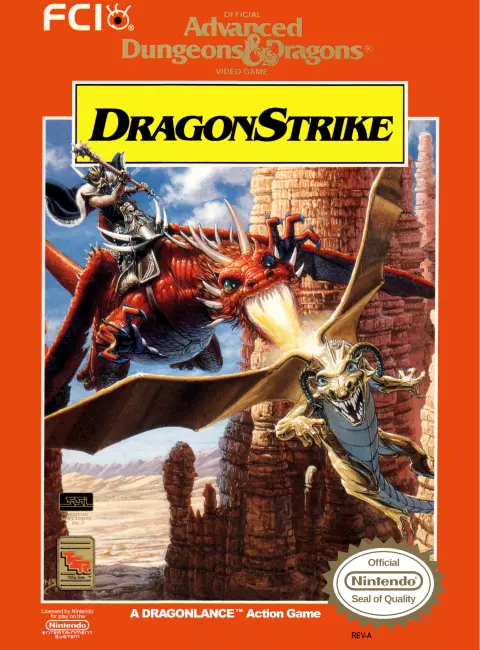
Advanced Dungeons & Dragons: DragonStrikeThe game is set in Krynn, world of the Dragonlance saga, during the War of the Lance. DragonStrike combined elements of computer role-playing games and flight simulators. The player character is a knight who flies on the back of a metallic dragon equipped with a lance and various magic items (among other things a magic orb that acts as a radar in the game).Fantasy

The NeverhoodThe game follows the adventure of a claymation character named Klaymen as he discovers his origins and his purpose in a world made entirely out of clay.Fantasy Historical Comedy
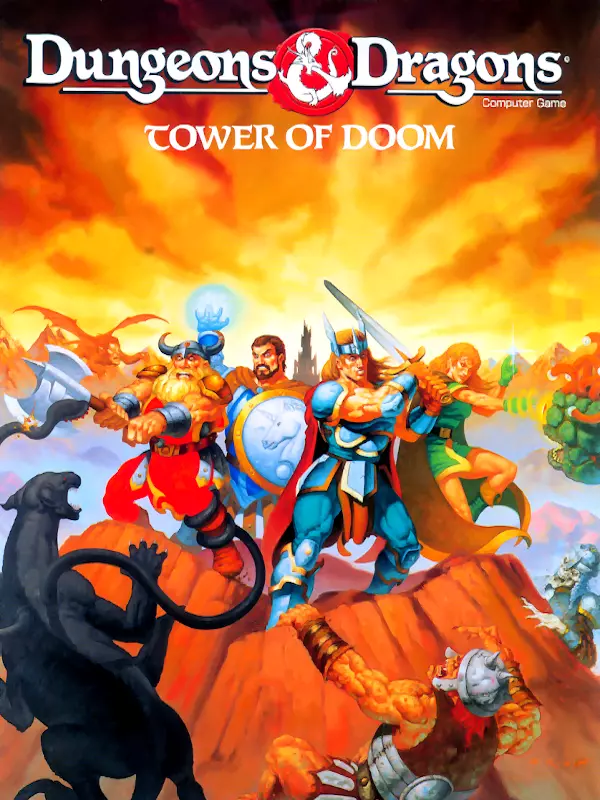
Dungeons & Dragons: Tower of DoomTower of Doom is a side-scrolling arcade game featuring four different characters (cleric, dwarf, elf, fighter) fighting iconic Dungeons & Dragons monsters. Bosses include a troll that regenerates unless burned, a large black dragon, the dreaded Shadow Elf (Mystara's equivalent of the drow), a beholder, the optional superboss Flamewing (a great wyrm red dragon) and the final boss Deimos (an archlich).
At points in the game the players are presented with a choice of paths to take to continue progress. Each path goes to a different area, and it is impossible to visit every area in a single play.
The gameplay is more technical than the average on beat'em up games. In addition to the usual basic attacks and jumping it includes blocking, strong attacks, turning attacks, dashing attacks, crouching and evading. It also requires the use of careful tactics, as most enemies have the same abilities as the heroes and can out-range them, too.
Daggers, hammers, arrows and burning oils can be used as throwing weapons, and many enemies have similar weapons. Spells can be used by means of magical rings or by the two playable spellcasters (a cleric and an elf).New Action
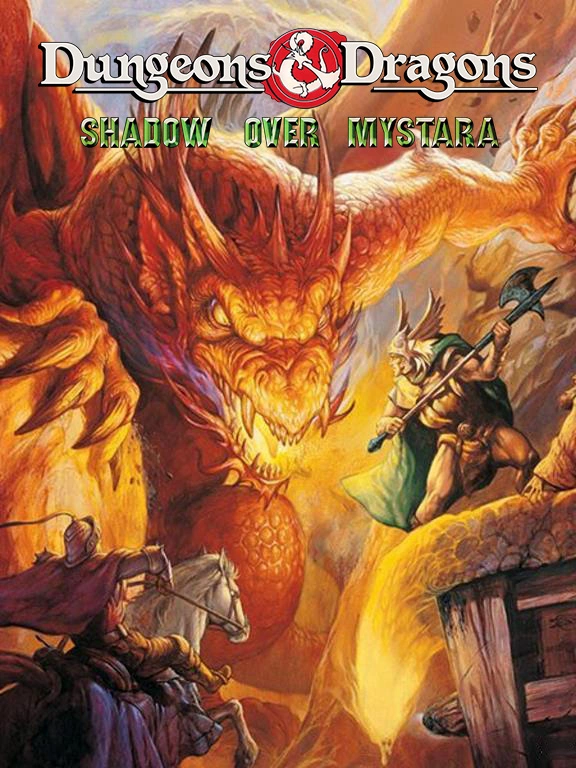
Dungeons & Dragons: Shadow over MystaraIn addition to the original four heroes found in its predecessor, Dungeons & Dragons: Tower of Doom (Cleric, Dwarf, Elf and Fighter), Shadow of Mystara adds a Thief and a Magic-User to the selection. Furthermore, with the inclusion of two separate versions of each character's sprite set, the game allows up to two players to select the same character (in Tower of Doom each of the characters could only be selected once), effectively giving the game 12 "different" characters to choose from. The two Clerics and two Magic Users also have subtle differences within their spell books.
The controls are using four buttons: Attack, Jump, Select (brings up a small inventory ring around the character allowing the player to choose what item is set in the Use slot) and Use. The Cleric, Elf and Magic-User also have two extra rings for their spells, with the Jump button used to switch from ring to ring. While the game uses the same kick harness as the previous game, the Select and Use buttons are reversed.
Shadow over Mystara also introduced a selection of special moves which are executed by moving the joystick and tapping the buttons in certain combinations, in a way similar to the Street Fighter series. The characters (except for the Magic-User) have a Dashing Attack as well as a Rising Attack which can be used to combo monsters or even juggle them in the air. Most characters (again, with the exception of the Magic-User and also Cleric) also have a Megacrush, a move common to nearly all of Capcom side-scrollers, which damages all enemies standing close enough to the character but in turn also damaging the player themselves.Action
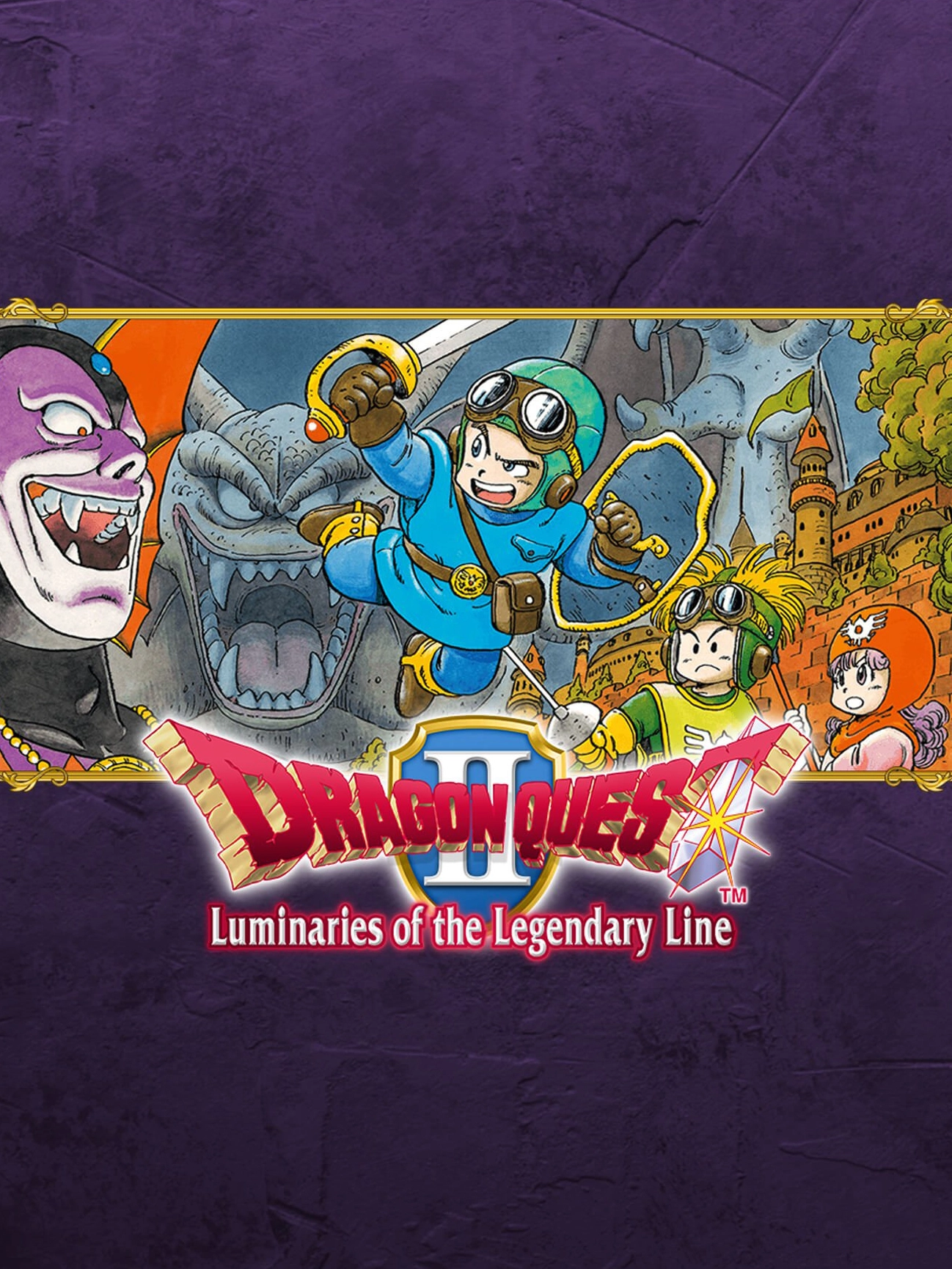
Dragon Quest II: Luminaries of the Legendary LineThis game allows the player to control more than one character, and it is the first one in the Dragon Quest series to do so. The player controls his or her characters as they move in the game world. They can search treasure chests, talk and trade with villagers, equip weapons and armor, and cast spells.Fantasy
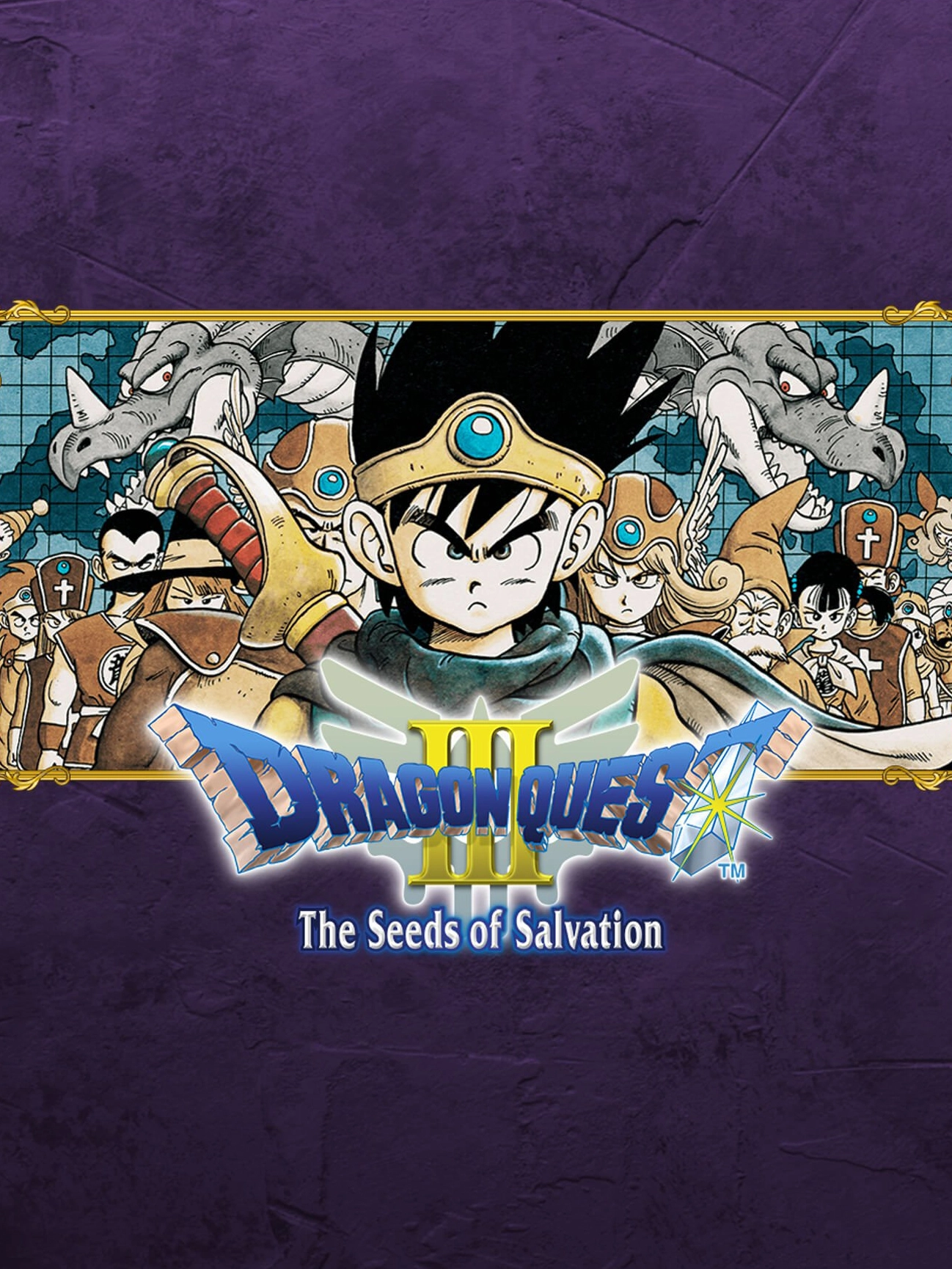
Dragon Quest III: The Seeds of SalvationDragon Quest III is noted for greatly expanding upon the original Dragon Warrior and Dragon Warrior II. The game uses basic console role-playing game conventions, such as leveling up by gaining experience points and equipping items. Battle is turn-based like the other games in the series.
Dragon Warrior III features a class system, in which each character has a certain class. While the Hero always keeps the Hero class, the other characters can choose among the following: Soldier (Warrior in the GBC version), Fighter, Pilgrim (Cleric), Wizard (Mage), Merchant (Dealer), Goof-Off (Jester), Sage, and Thief which was available only in the later versions. The choice of class greatly affects the character's stats and spells he or she can learn. Furthermore, upon reaching experience Level 20, a character has the option of changing classes at the temple of Dhama, found halfway through the game. The game starts with just the Hero in the party, who then is able to recruit a party of three at the local tavern. Unlike most Dragon Quest parties, aside from the Hero, the party is not made up of characters involved in the story. Although only four characters can be in the party at a time, extra members of the party can be kept at the tavern, allowing room for new recruits. Another innovation is an arena where the player can place bets on the outcome of monster battles.
The remakes incorporated some interface changes from later games in the series, such as simplified door opening; the bag, which replaced bank item storage; the item sorting "Tidy Item" and "Tidy Bag" commands; and the "Full HP" command, which can be used outside of combat to automate the process of casting healing and status restoring spells.
While the earlier Dragon Quest games were also non-linear, Dragon Quest III was the most substantial example of open-world gameplay among the early Dragon Quest games. It also allowed the player to swap characters in and out of the party at will, and another "major innovation was the introduction of day/night cycles; certain items, characters, and quests are only accessible at certain times of day."Fantasy Historical Sandbox
